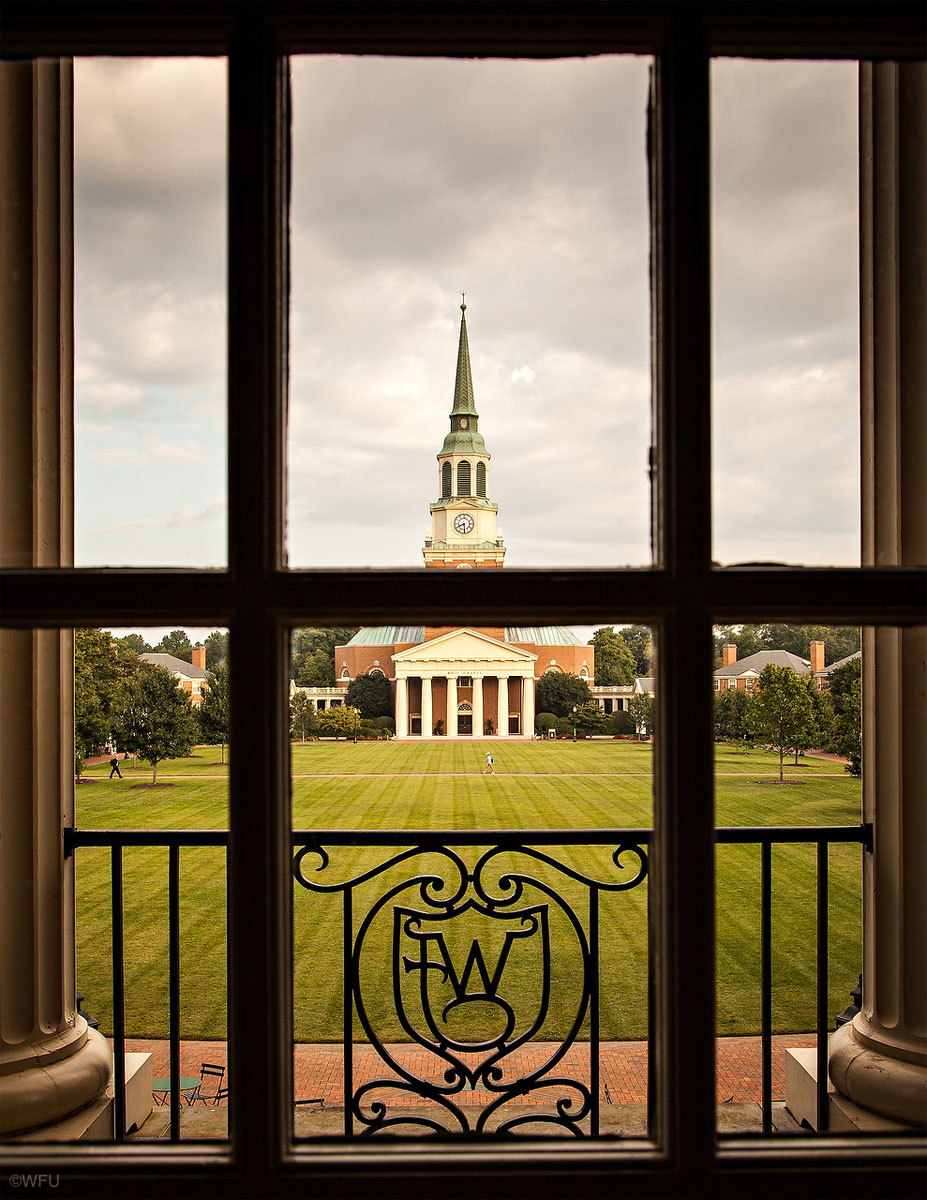
About Buildings & Roads
Written by John Walsh (’14) for students (of all generations), faculty, staff, and visitors, this guide is sure to teach you something new and open your eyes to the rich history of this marvelous school.
Wake Forest Manual Labor Institute was founded in 1834. Young men and boys could come to “the forest of Wake,” situated approximately 18 miles north of Raleigh, North Carolina to receive an education in exchange for manual labor. The Institute soon became a college, dropping the manual labor aspect, and focused on making men of high moral character that were also well educated. The College grew through the years and admitted women as students during World War II. In 1956, the University made a huge leap of faith down Interstate 40 West to Winston-Salem, North Carolina where it is located today. It became a University in 1967, and is nationally known for its rigorous academics, high-quality athletics, and its sense of community. It continues to produce men and women of high intellect and character.
A look at the Reynolda campus map will reveal a well-planned and laid out campus. As you drive on Allen Easley Street, get lost in Tribble Hall, or stare up at the steeple of Wait Chapel, you might find yourself wondering after whom these buildings and streets were named. “Buildings & Roads” is a short history of the people who left such a mark on Wake Forest University that they will be forever remembered not just by their deeds but also by a structure or street.
So take a dive into this building by building, street by street guide to the Wake Forest University Reynolda campus.